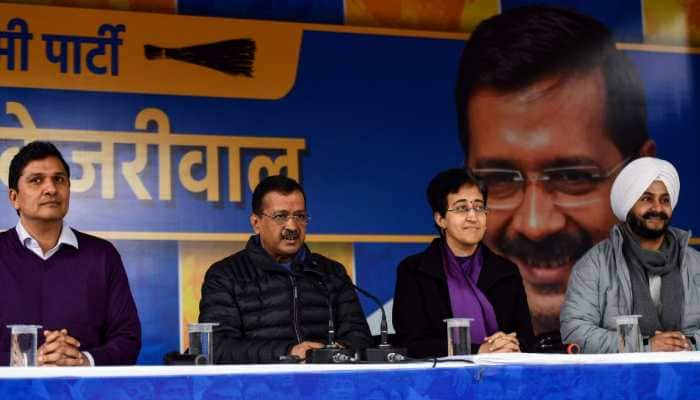New law for 'Mankading' makes it almost impossible for bowlers to run-out batters at non-strikers end - Check
The bowler's release point and the phrase "usually expected to release the ball" were the two terms that caused the most confusion in the prior regulation.
Trending Photos
) Zee News
Zee News To clear up any confusion surrounding the dismissal, the Marylebone Cricket Club (MCC), which is responsible for establishing rules for the game of cricket, modified the wording of the non-striker run-out. The change was made as a result of the controversy surrounding the umpire's ruling in the Big Bash League (BBL) incident involving Melbourne Stars skipper Adam Zampa.
Mankading gone wrong during #BBL #AdamZampa #MelbourneStars #Australia #Australiancricketteam #melbournerenegades #thomasrodgers #CricketTwitter #cricket #cricketnews pic.twitter.com/SLPT1nJh5s
— Satish Iyer (@IyerSatishBala) January 3, 2023
Also Read: 'Fashion Show Hai Kya,' Gavaskar slams BCCI's selection committee for ignoring Sarfaraz and picking Suryakumar for Test series vs AUS
When the batter backed up excessively before the ball was thrown, Zampa was able to run out Tom Rogers of the Melbourne Renegades. The third umpire determined that Zampa's bowling action was past its verticle and that he then attempted to run out, invalidating the run-out after the on-field umpire sent the decision upstairs. The MCC's most recent modification to the rule has made clear any ambiguity surrounding it.
The bowler's release point and the phrase "usually expected to release the ball" were the two terms that caused the most confusion in the prior regulation. According to the amendment passed by the legislative team, the highest point of the release will occur "when the bowler would normally have been anticipated to release the ball." In Zampa's example, the leg-spinner had completed the initial circular motion and was ready to throw the ball when he saw Rogers leave the crease. As a result, he stopped in mid-stride and ran Rogers out.
Therefore, going forward, the verdict would be upheld as not out if the bowler successfully completes a non-striker run-out after reaching the highest point of the release, as the umpire in the Melbourne Derby had done. From the time the ball enters play (the start of the run-up) to his/her highest release point, the bowler may run the hitter at the non-end striker's out.
Here's what the new MCC law reads:
- 38.3.1 At any time from the moment the ball comes into play until the instant when the bowler would normally have been expected to release the ball, the non-striker is liable to be Run out if he/she is out of his/her ground. In these circumstances, the non-striker will be out Run out if he/she is out of his/her ground when his/her wicket is put down by the bowler throwing the ball at the stumps or by the bowler’s hand holding the ball, whether or not the ball is subsequently delivered.
- 38.3.1.1 The instant, when the bowler would normally have been expected to release the ball, is defined as the moment the bowler’s arm reaches the highest point of his/her normal bowling action in the delivery swing.
- 38.3.1.2 Even if the non-striker had left his/her ground before the instant at which the bowler would normally have been expected to release the ball, once the bowler has reached that point it is no longer possible for the bowler to run out the non-striker under this Law.
According to the MCC statement, the new law is effective as of today, January 19, 2023. Now that warnings and run-outs have been more common in recent months, the bowlers will be hoping that the batters stay in their creases until the bowler delivers the ball. More and more of these dismissals will only serve to lessen the stigma associated with them.
Stay informed on all the latest news, real-time breaking news updates, and follow all the important headlines in india news and world News on Zee News.
Live Tv







)
)
)
)
)
)
)
)
)
)
